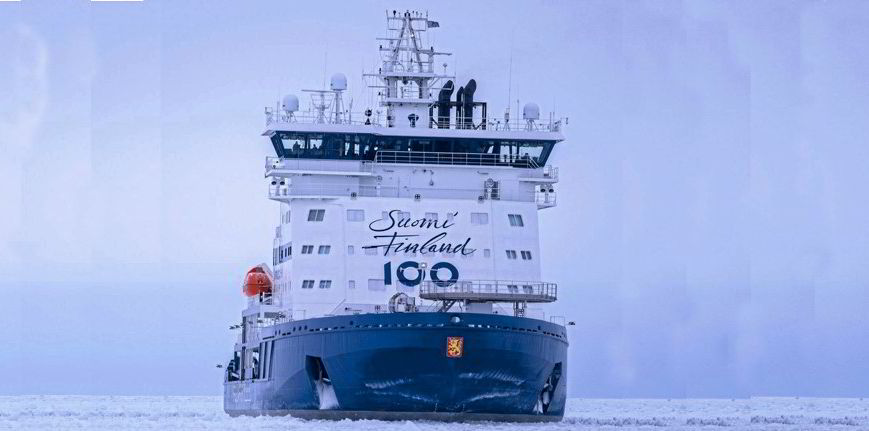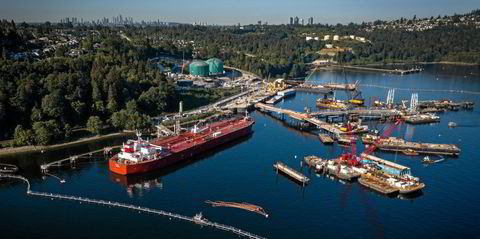Ice conditions in the Baltic Sea are getting worse as experts warn this could be the harshest winter since 2010.
Ice and weather warnings from authorities in Finland and Sweden show much thicker ice in the Bay of Bothnia in the north of the Baltic Sea compared with the last 14 years, with large areas covered in thick ice.
Paavo Kojonen, vice president at Finnish icebreaker operator Arctia, told TradeWinds that this winter began unusually early, in early December, and the waters of the Baltic Sea have become uncommonly “super” cold.
A number of ports already have restrictions, meaning only vessels with strengthened ice-class hulls are permitted to visit. Kojonen said most of the region’s icebreakers are now active, and the remaining ones are being readied. A spokesperson from the Swedish Maritime Administration confirmed that its icebreakers have also been deployed.
Last week, TradeWinds reported that vessels were being caught off guard by a sudden worsening of conditions. The 4,684-dwt ice class multipurpose vessel IA Friendland (built 2002) needed to be freed by a local ferry, while another vessel became blocked by drifting ice in the Baltic.
Kojonen said conditions are worsening and thick ice levels are heading south from the north and middle of the Gulf of Bothnia, where thicknesses have reached half a metre. There are also signs that conditions are worsening in the Gulf of Finland, which includes international waters to Russia’s ports.
Finland has agreements with Sweden and Estonia to share icebreaking duties where needed, helping with vessels in national waters. There is no similar agreement with Russia or for international traffic heading to Russian ports, although Russia does operate the world’s largest icebreaker fleet and has at least eight vessels of different sizes in the Gulf of Finland.
Under normal conditions, the last of the Finnish icebreakers would end their season in late May, but Kojonen said the suspicion is that this will be a longer season than normal.





